

Articles
How To Store Cut Broccoli In The Fridge
Modified: August 17, 2024
Learn the best way to store cut broccoli in the fridge to keep it fresh and crunchy for longer. Follow these simple steps described in our informative articles.
(Many of the links in this article redirect to a specific reviewed product. Your purchase of these products through affiliate links helps to generate commission for Storables.com, at no extra cost. Learn more)
Introduction
Broccoli is a nutrient-rich vegetable that offers numerous health benefits. Packed with vitamins, minerals, and fiber, it is a versatile ingredient that can be enjoyed in various dishes. However, when you have a surplus of cut broccoli, storing it properly becomes essential to maintain its freshness and quality.
In this article, we will guide you through the steps on how to store cut broccoli in the fridge to ensure its longevity. By following these simple tips, you can extend the shelf life of your cut broccoli and have it readily available for future use.
Whether you’ve bought pre-cut broccoli from the supermarket or you have some leftover from a previous meal, knowing how to store it correctly can make a significant difference in its taste and texture. Improper storage can lead to the loss of nutrients, drying out, and even spoilage.
So, let’s dive into the steps to properly store cut broccoli in the fridge!
Key Takeaways:
- Properly storing cut broccoli in the fridge involves blanching, wrapping, and using airtight containers to maintain freshness and quality. Labeling and checking for freshness before use are essential steps for maximizing shelf life.
- By following simple steps like blanching, wrapping, and storing in airtight containers, you can extend the shelf life of cut broccoli in the fridge. Proper labeling and freshness checks ensure you enjoy the best quality and flavor.
Read more: How To Store Cut Lettuce In The Fridge
Step 1: Prepare the Broccoli
Before storing cut broccoli in the fridge, it’s important to properly prepare it. Start by cleaning the broccoli thoroughly under running water to remove any dirt or debris. Inspect the florets and remove any damaged or discolored parts.
Next, you have the option to blanch the broccoli, which can help retain its color and texture. Blanching involves briefly boiling the broccoli and then placing it in ice water to stop the cooking process. While blanching is not necessary, it can help maintain the broccoli’s quality for a longer time.
To blanch the broccoli, bring a pot of water to a boil. Meanwhile, prepare a bowl filled with ice water. Carefully place the broccoli florets into the boiling water and let them cook for about 2-3 minutes. Using a slotted spoon, transfer the broccoli to the ice water bath to cool down rapidly.
After blanching, drain the broccoli and pat it dry using a clean kitchen towel or paper towels. Make sure the florets are completely dry before proceeding to the next step.
Preparing the broccoli by cleaning and optionally blanching it ensures that you start the storage process with a fresh and clean vegetable. This step helps remove any potential bacteria or dirt that could cause spoilage.
Step 2: Wrap the Cut Broccoli
Once the broccoli is properly prepared, the next step is to wrap the cut pieces to protect them from moisture loss and contamination. Wrapping the broccoli helps to maintain its freshness and prevents it from drying out in the fridge.
You have a few options when it comes to wrapping the cut broccoli:
- Plastic Wrap: Take a sheet of plastic wrap and place the cut broccoli in the center. Wrap the plastic tightly around the broccoli, ensuring there are no air pockets. Secure the ends by twisting or tying them.
- Zip-Top Bags: Another convenient option is to place the cut broccoli into a zip-top bag. Squeeze out as much air as possible before sealing the bag. This method provides an airtight environment for the broccoli.
- Reusable Containers: If you prefer an eco-friendly option, you can use reusable containers with tight-fitting lids. Place the cut broccoli in the container, making sure it sits snugly without excess space. Seal the lid securely to keep out air and moisture.
Regardless of the wrapping method you choose, it’s important to ensure that the cut broccoli is tightly sealed. This helps to maintain the proper moisture levels and prevents the broccoli from absorbing any odors or flavors from other foods in the fridge.
Remember, if you have a large quantity of cut broccoli, it’s best to divide it into smaller portions before wrapping. This allows for easier access and minimizes the chances of exposing the entire batch each time you need a portion.
Now that you’ve wrapped the cut broccoli, it’s time to move on to the next step: storing it in the fridge.
Step 3: Store in an Airtight Container
Now that you have wrapped the cut broccoli, it’s time to find the perfect storage container. Choosing the right container is crucial in maintaining the broccoli’s freshness and preventing it from getting spoiled.
When it comes to storing cut broccoli, an airtight container is your best bet. Airtight containers prevent moisture from entering, which can cause the broccoli to become soggy or develop mold. It also helps to keep the odors from other foods in the fridge from seeping into the broccoli.
You can use various types of containers for storing cut broccoli:
- Glass containers: Glass containers are an excellent choice for storing cut broccoli as they are non-reactive and do not absorb odors. Look for containers with airtight lids to ensure maximum freshness.
- Plastic containers: If using plastic containers, ensure they are made of food-grade materials, free from any harmful chemicals that could potentially leach into the food. Opt for containers with a tight-sealing lid.
- Reusable silicone bags: These eco-friendly options not only seal the broccoli effectively but are also easy to clean and reusable.
Whichever type of container you choose, make sure it is clean and dry before placing the wrapped cut broccoli inside. This will prevent any contamination and help prolong its shelf life.
Additionally, it’s a good practice to store the cut broccoli in a single layer rather than stacking it. This promotes air circulation and prevents the broccoli from becoming mushy or spoiling quickly.
Remember, the key to ensuring the broccoli stays fresh is to seal it tightly in an airtight container before refrigeration. Now that the cut broccoli is ready, let’s move on to the next step: placing it in the fridge.
Store cut broccoli in the fridge by placing it in a resealable plastic bag with a paper towel to absorb excess moisture. Keep it in the crisper drawer for up to 5 days.
Step 4: Place in the Fridge
Now that you have tightly sealed the wrapped cut broccoli in an airtight container, it’s time to find the ideal spot for it in your refrigerator. Proper placement in the fridge is crucial to maintain the integrity and freshness of the broccoli.
When storing cut broccoli in the fridge, follow these guidelines:
- Temperature: Set your refrigerator to a temperature between 34°F and 38°F (1°C and 3°C). This temperature range helps slow down the spoilage process and keeps the broccoli fresh for a longer time.
- Position: Place the container with the cut broccoli in the vegetable crisper drawer, if available. This drawer is designed to maintain a slightly higher humidity level, which helps keep the broccoli crisp and fresh.
- Avoid crowding: Make sure to leave some space around the container. A crowded refrigerator can lead to poor air circulation, which may cause the broccoli to spoil faster.
By following these guidelines, you’ll create the optimal conditions for storing the cut broccoli. The controlled temperature and humidity in the vegetable crisper drawer will help maintain its quality and extend its shelf life.
Now that the cut broccoli is placed in the fridge, it’s important to label the container properly for easy identification and to keep track of its freshness. This brings us to the next step: labeling.
Read more: How To Store Cut Vegetables In Fridge
Step 5: Properly Label the Container
Labeling the container is a crucial step in storing cut broccoli in the fridge. Proper labeling helps you keep track of the freshness and avoid confusion when using the broccoli at a later time.
When labeling the container, include the following information:
- Date: Write down the date when the broccoli was cut or stored. This allows you to easily determine the freshness of the broccoli and know when it should be used.
- Contents: Clearly mention that the container contains cut broccoli. This prevents any mix-ups or confusion with other items in the fridge.
Using a waterproof marker or a sticky label, write the necessary information on the container or on a separate label that you can stick to the lid or side of the container. This ensures that the label remains visible and intact even in the humid environment of the fridge.
Proper labeling not only helps you keep track of the freshness of the cut broccoli but also allows you to use it within its recommended shelf life. Remember to refresh the label or remove it once the broccoli is consumed or discarded.
With the container properly labeled, you have a clear indication of when the cut broccoli was stored and can easily incorporate it into your meal planning. The final step is to check for freshness before using the stored cut broccoli.
Step 6: Check for Freshness Before Using
Before using the stored cut broccoli, it’s important to do a quick freshness check. This step ensures that the broccoli is still in good condition and safe to consume.
Here’s how to check for freshness:
- Visual Inspection: Carefully examine the cut broccoli. Look for any visible signs of spoilage, such as mold, discoloration, or sliminess. If you notice any of these signs, it’s best to discard the broccoli.
- Smell Test: Give the cut broccoli a sniff. It should have a fresh and slightly sweet aroma. If you detect any unpleasant or foul smell, it indicates that the broccoli has gone bad and should not be consumed.
- Texture Check: Gently touch the cut broccoli. It should feel crisp and firm to the touch. If the texture is mushy or wilted, it’s a sign that the broccoli is no longer fresh and should be discarded.
Always remember to trust your senses when determining the freshness of the cut broccoli. If in doubt, it’s better to err on the side of caution and throw it away.
It’s worth noting that even with proper storage, cut broccoli will gradually lose its freshness and nutritional value over time. It’s recommended to use the stored cut broccoli within three to four days to ensure the best flavor and quality.
By incorporating this final step of checking for freshness before using the stored cut broccoli, you can ensure that your meals are prepared with the freshest ingredients and minimize the risk of consuming spoiled food.
Conclusion
Storing cut broccoli properly is essential to maintain its freshness, texture, and nutritional value. By following these steps, you can ensure that your cut broccoli stays fresh and ready to use whenever you need it.
First, prepare the broccoli by cleaning it thoroughly and optionally blanching it to preserve its vibrant color. Then, wrap the cut broccoli tightly using plastic wrap, zip-top bags, or reusable containers to prevent moisture loss and contamination.
Store the wrapped cut broccoli in an airtight container to maintain its freshness and protect it from absorbing odors from other foods in the fridge. Place the container in the vegetable crisper drawer of your refrigerator, maintaining a temperature between 34°F and 38°F (1°C and 3°C) for maximum freshness.
Properly label the container with the date and contents to keep track of its freshness. Before using the stored cut broccoli, perform a visual inspection, smell test, and texture check to ensure it is still fresh.
Remember, even with proper storage, cut broccoli has a limited shelf life. It is recommended to use it within three to four days to enjoy its best quality and taste. If you notice any signs of spoilage, such as mold, discoloration, or a foul smell, it’s best to discard the broccoli.
By following these steps, you can efficiently store cut broccoli in the fridge and reduce food waste. Having fresh and ready-to-use broccoli readily available allows you to easily incorporate this nutritious vegetable into your meals, adding flavor and health benefits to your dishes.
So, the next time you have an abundance of cut broccoli, use these techniques to store it properly and enjoy its benefits for longer periods of time. Cheers to maintaining the freshness of your cut broccoli!
Frequently Asked Questions about How To Store Cut Broccoli In The Fridge
Was this page helpful?
At Storables.com, we guarantee accurate and reliable information. Our content, validated by Expert Board Contributors, is crafted following stringent Editorial Policies. We're committed to providing you with well-researched, expert-backed insights for all your informational needs.
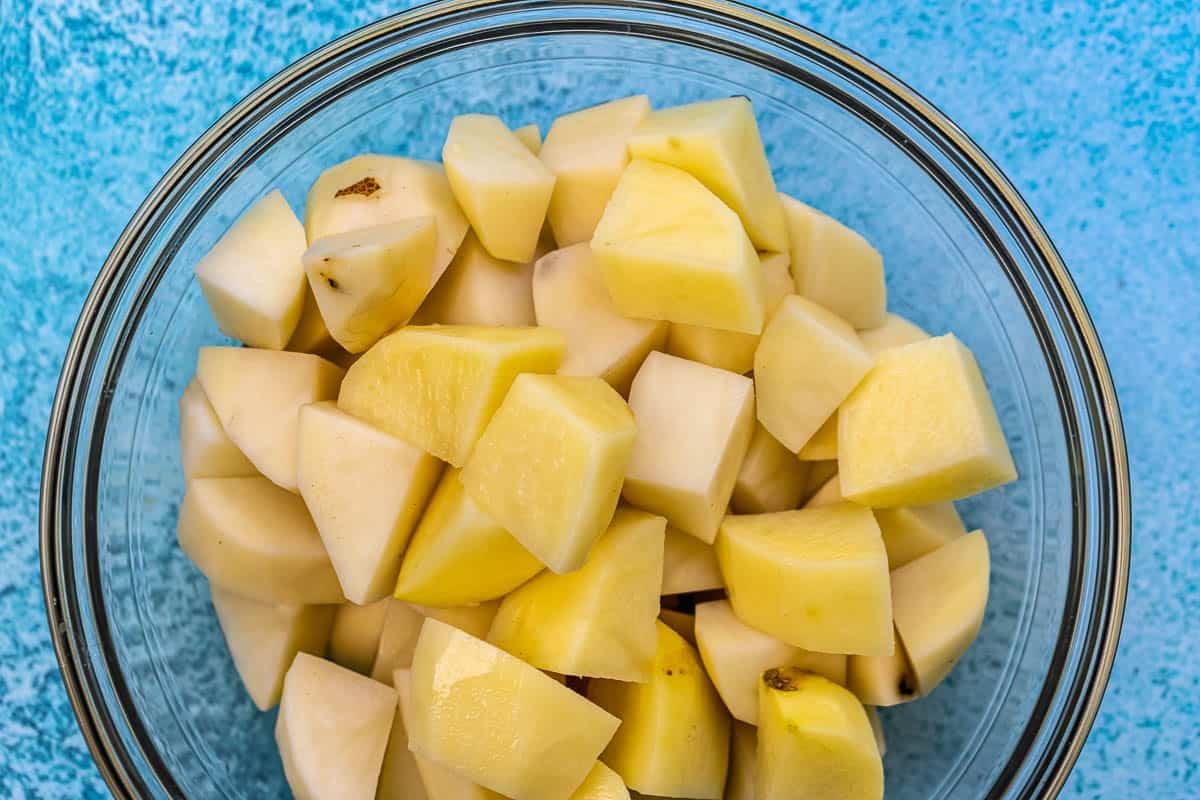
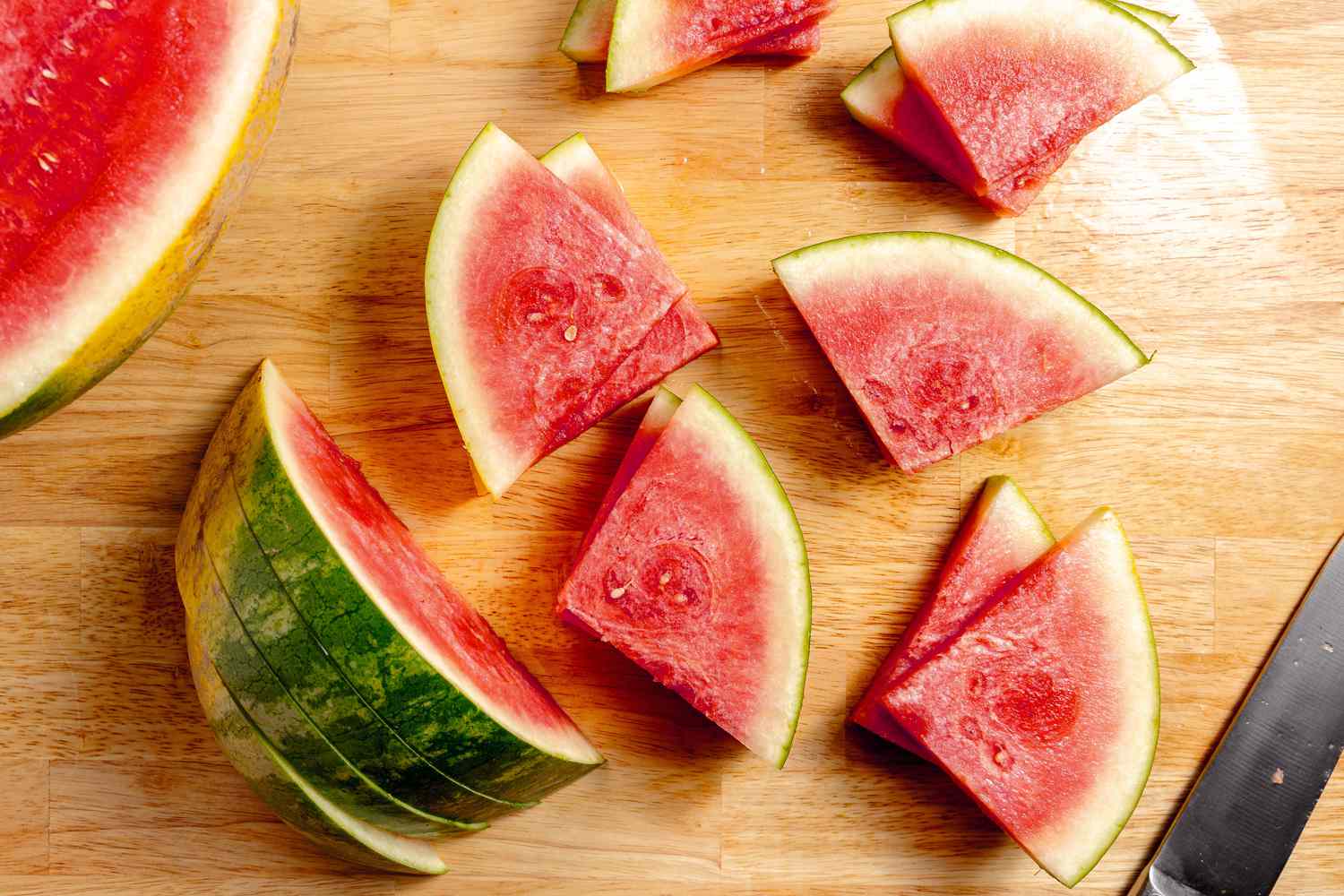
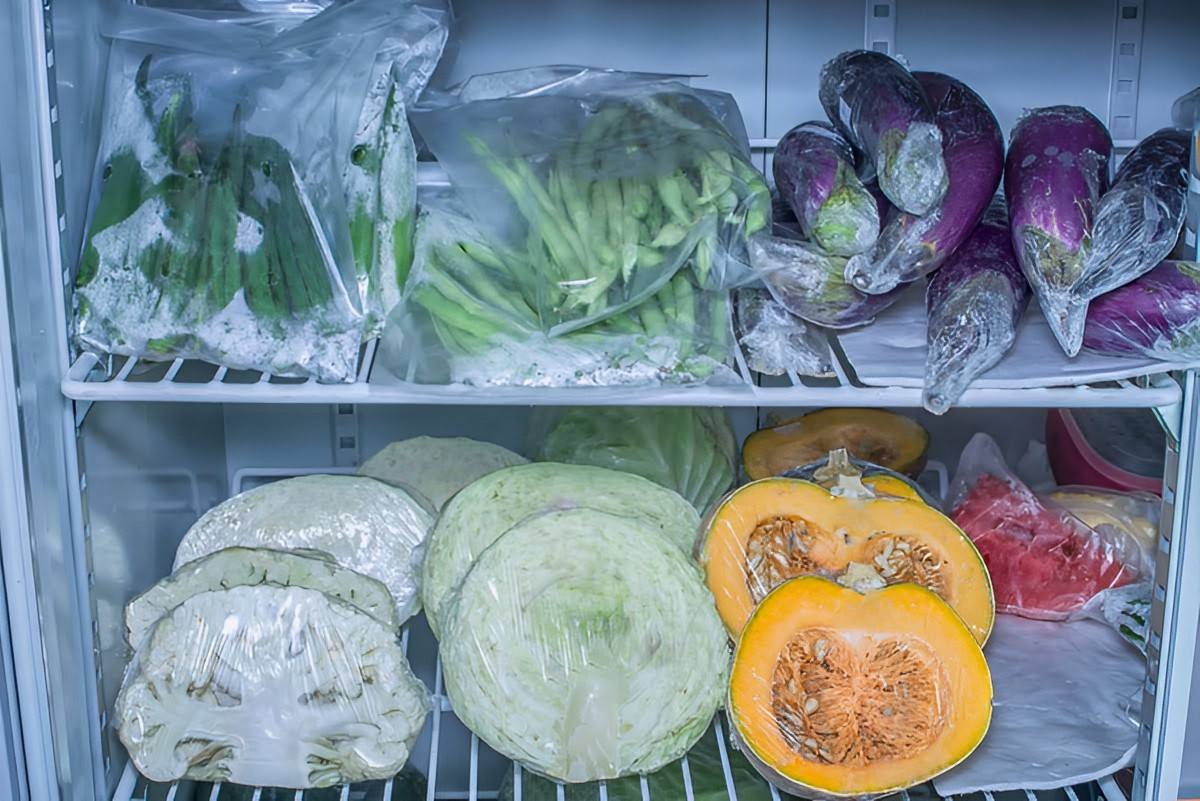
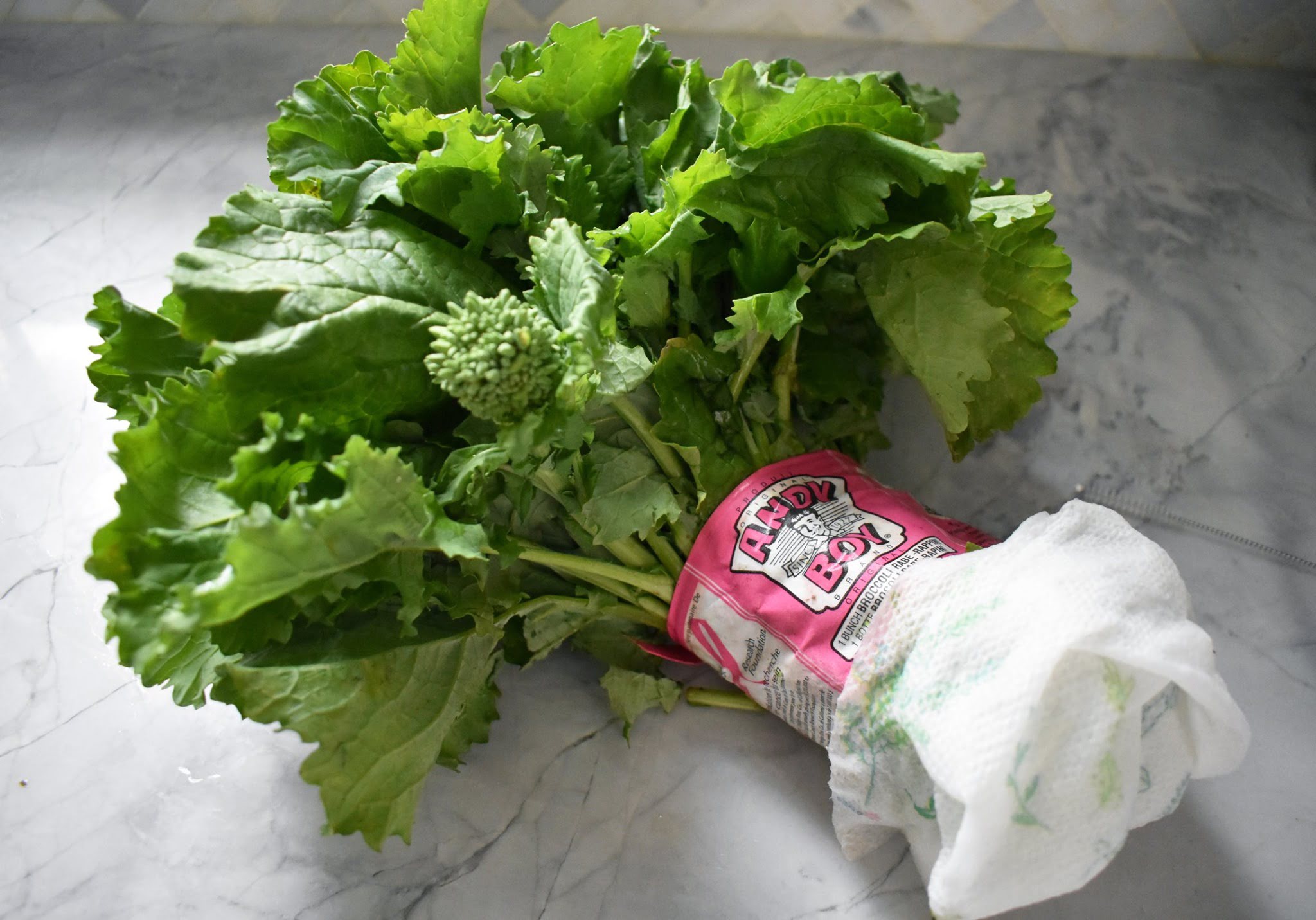
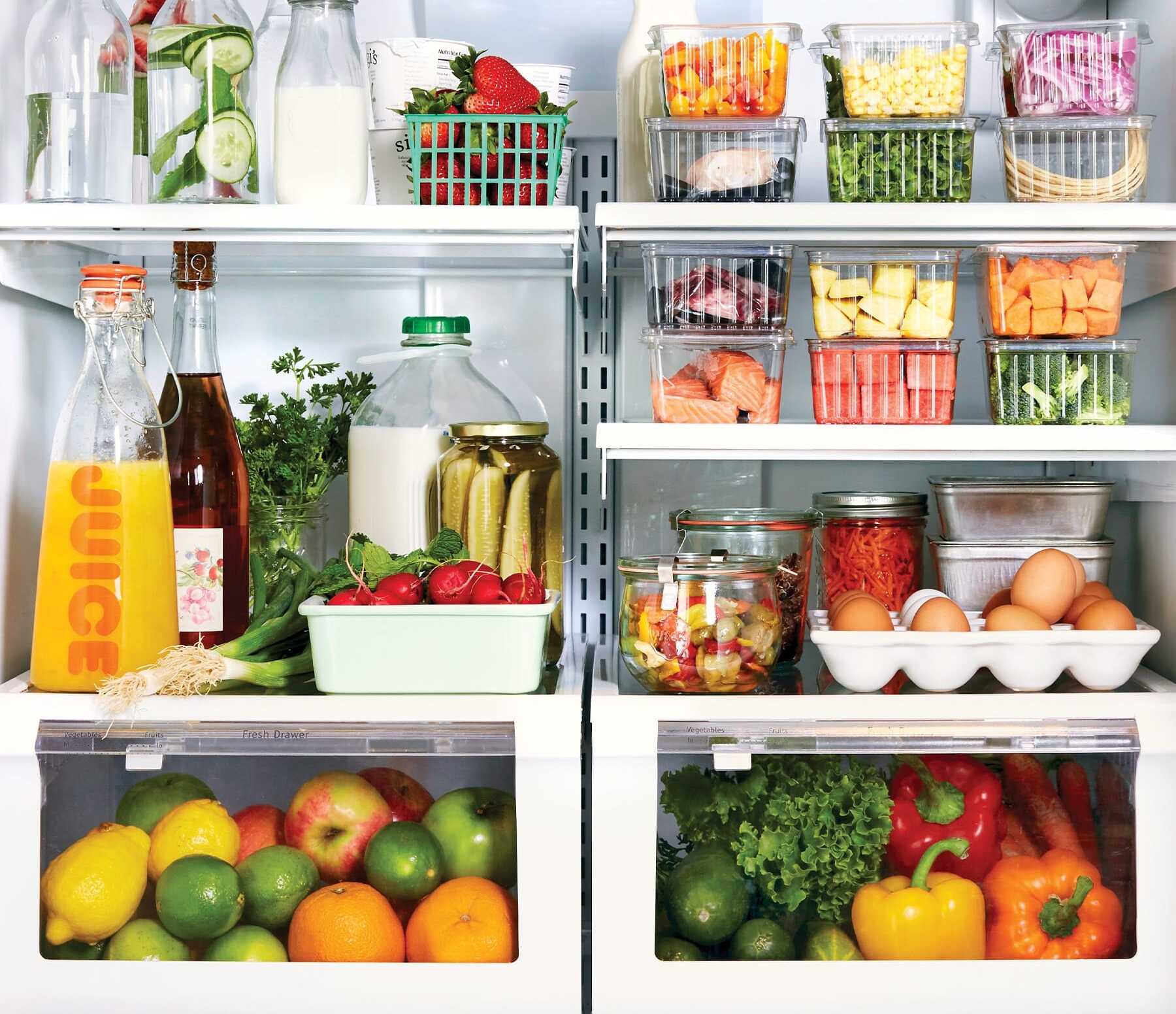
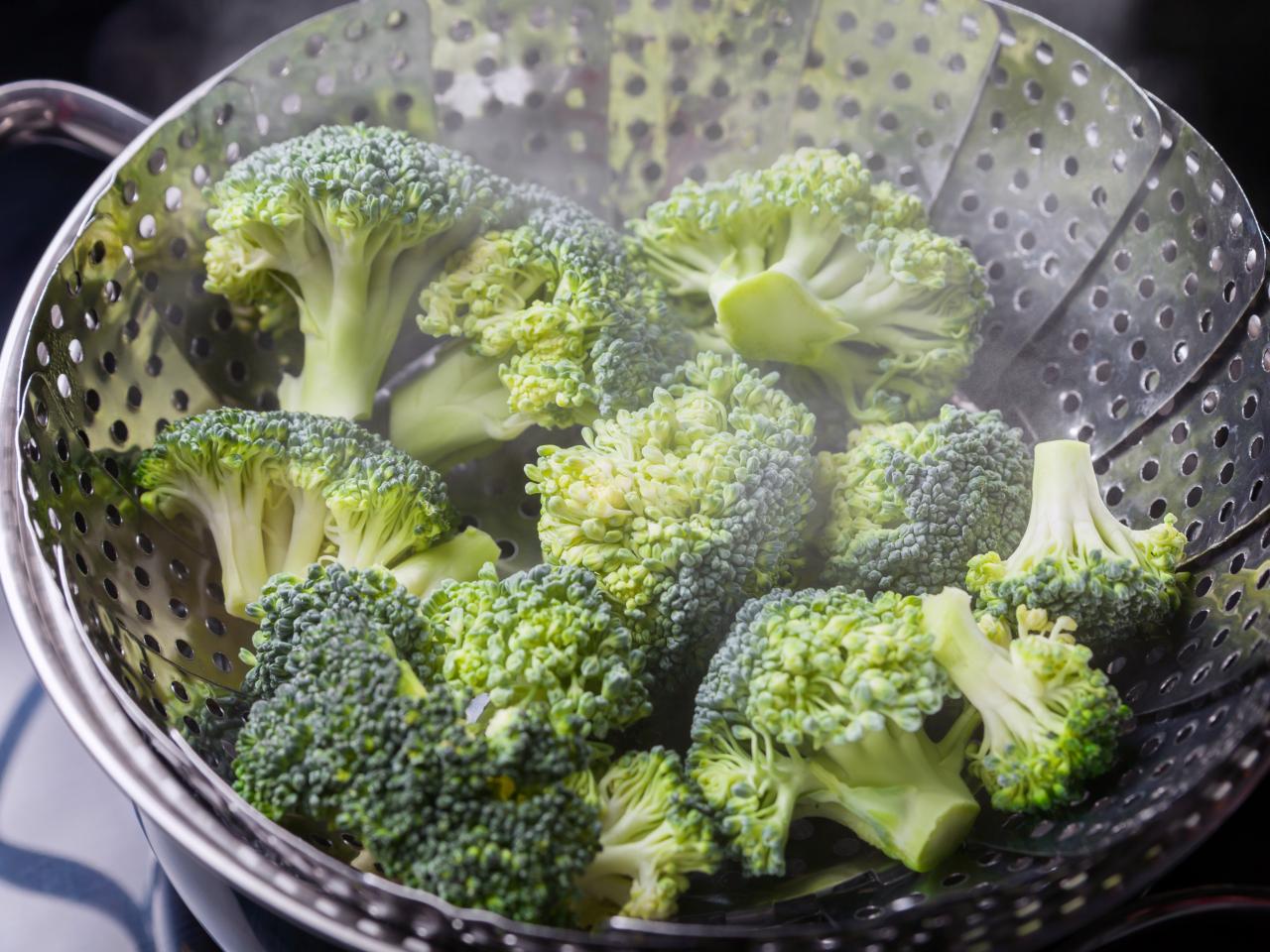
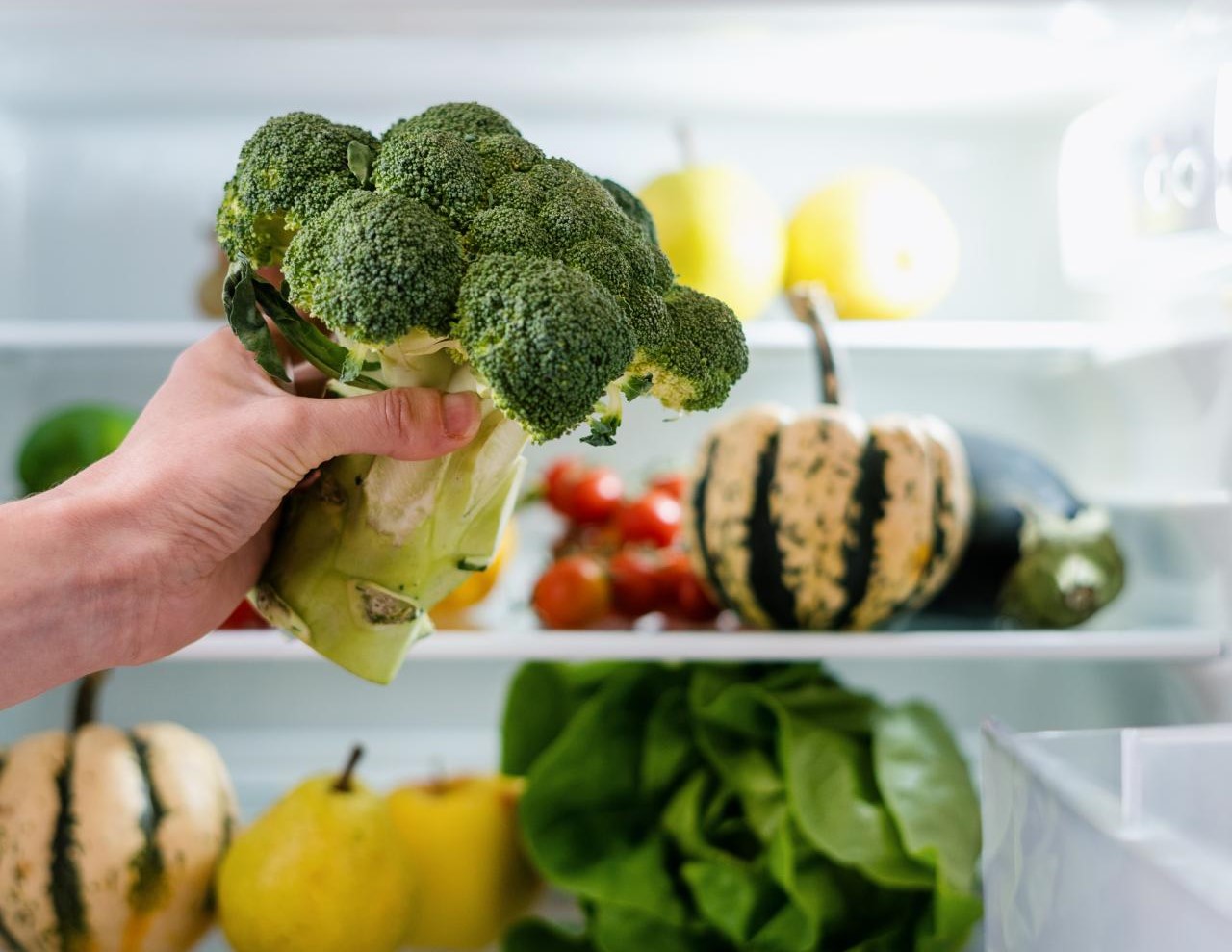

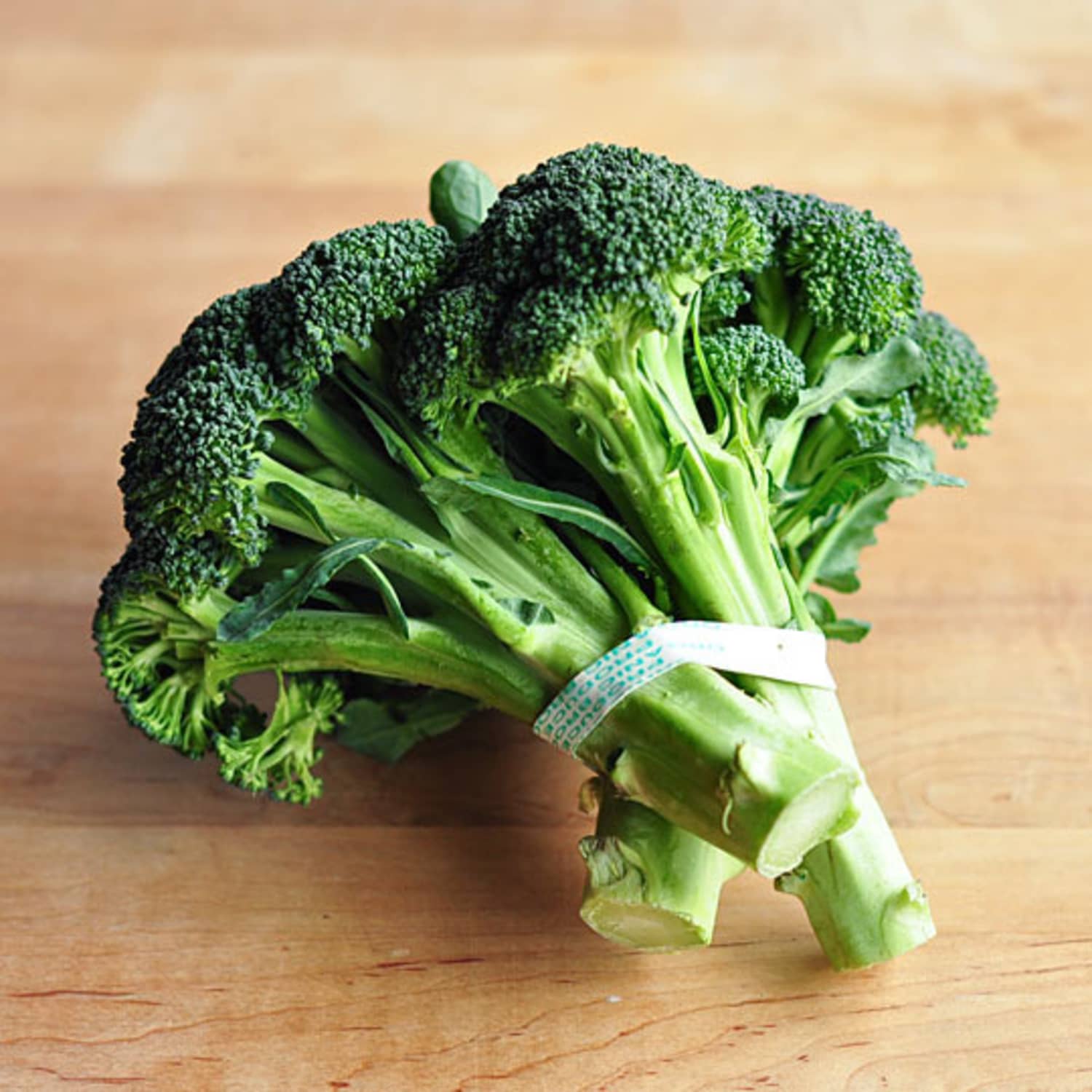

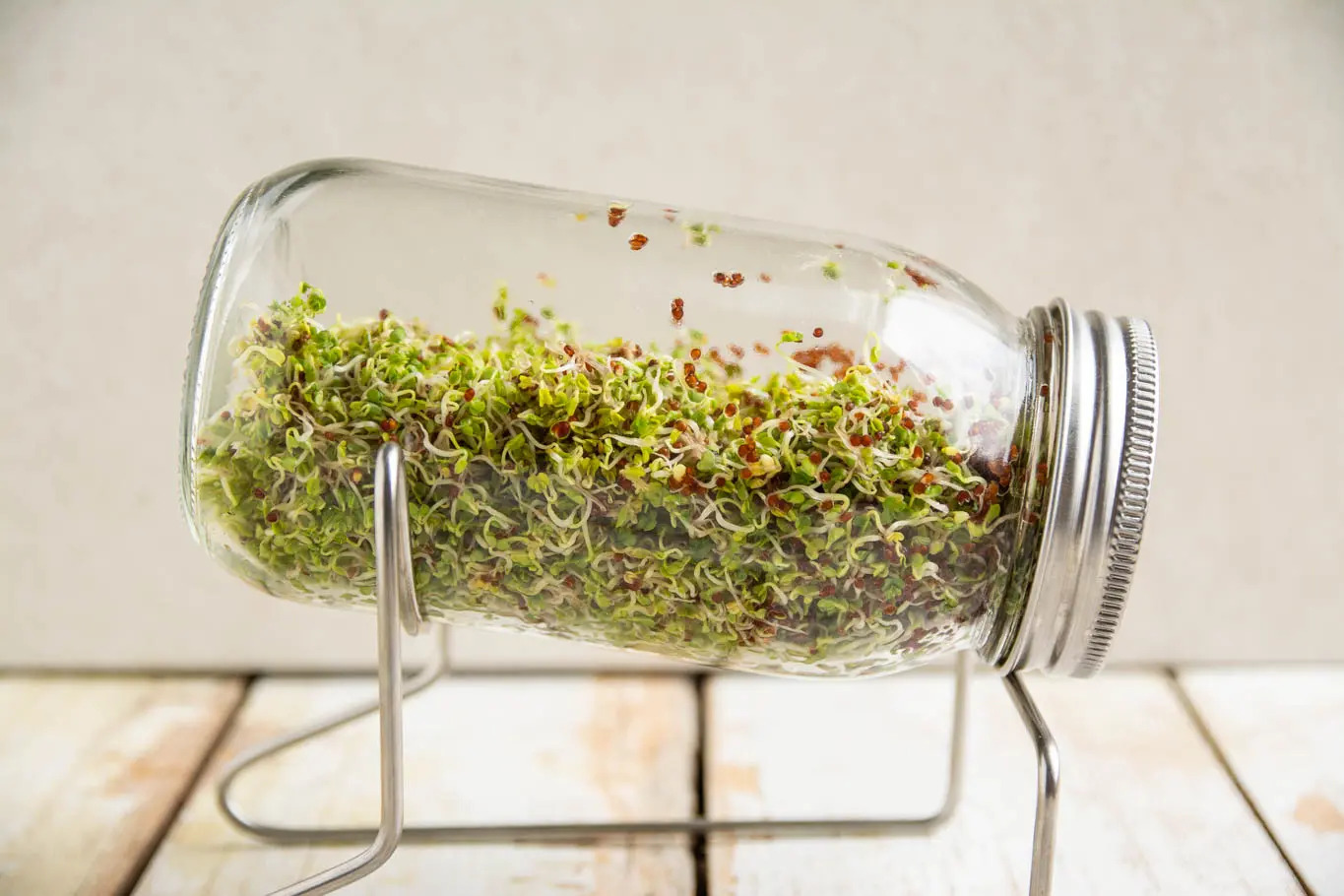

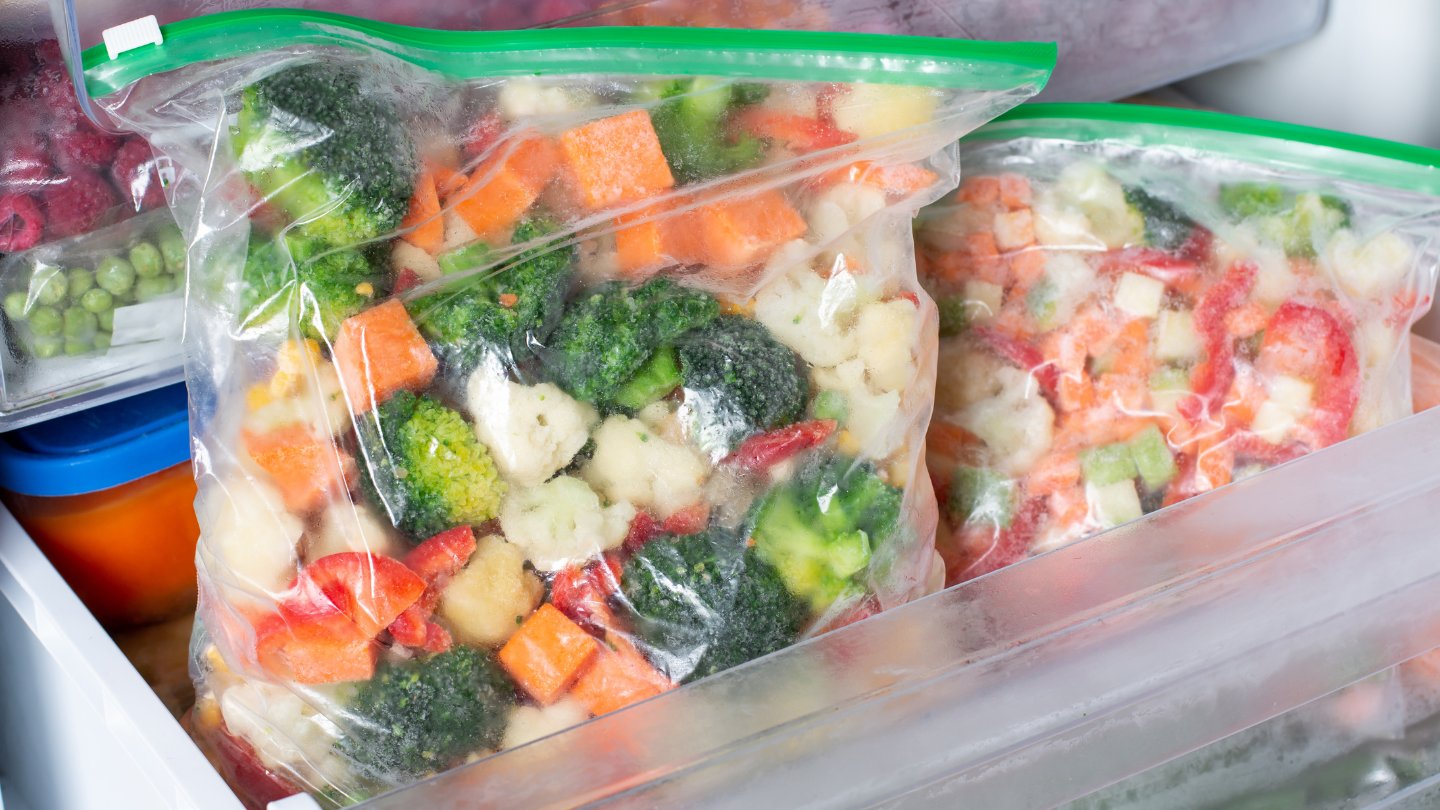
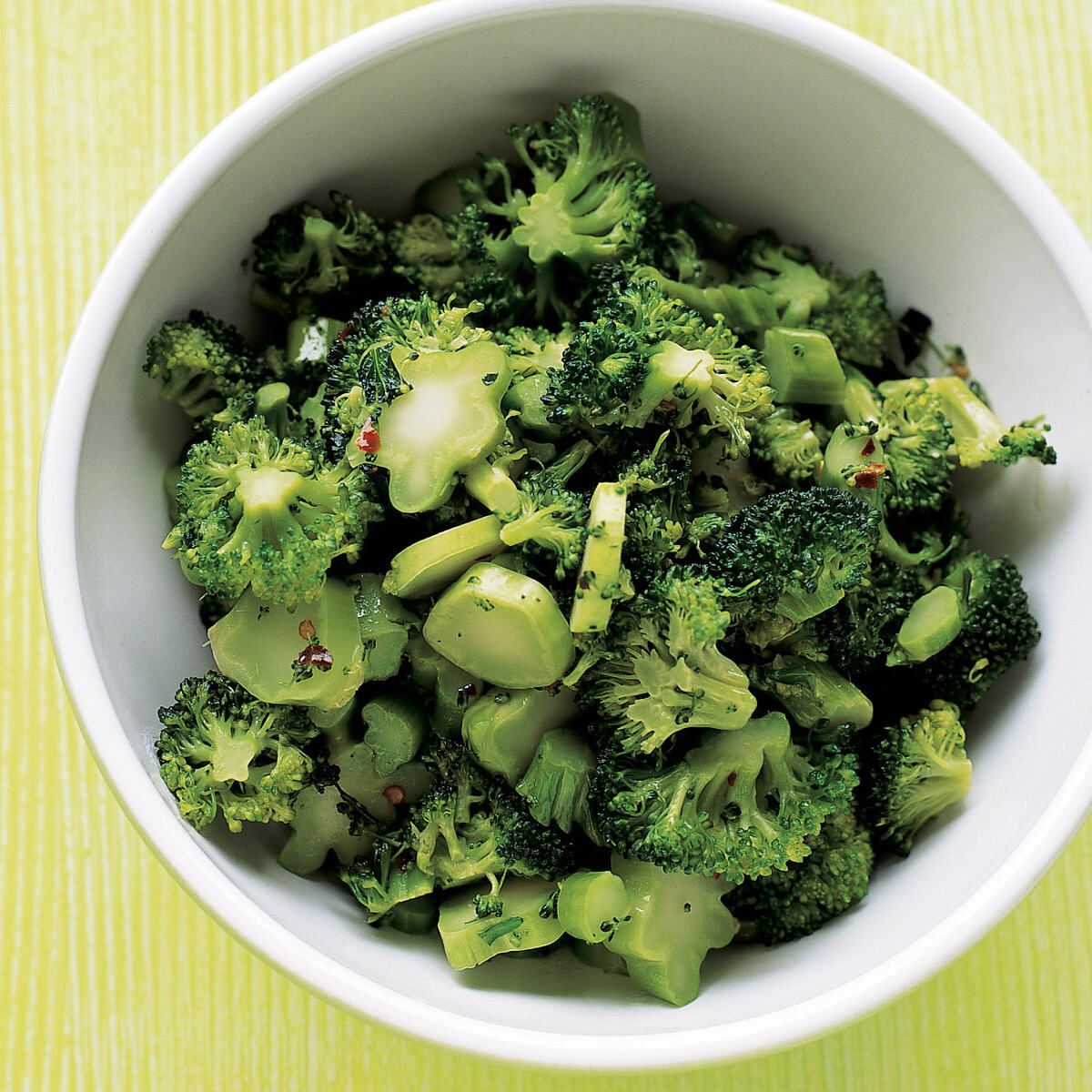

0 thoughts on “How To Store Cut Broccoli In The Fridge”